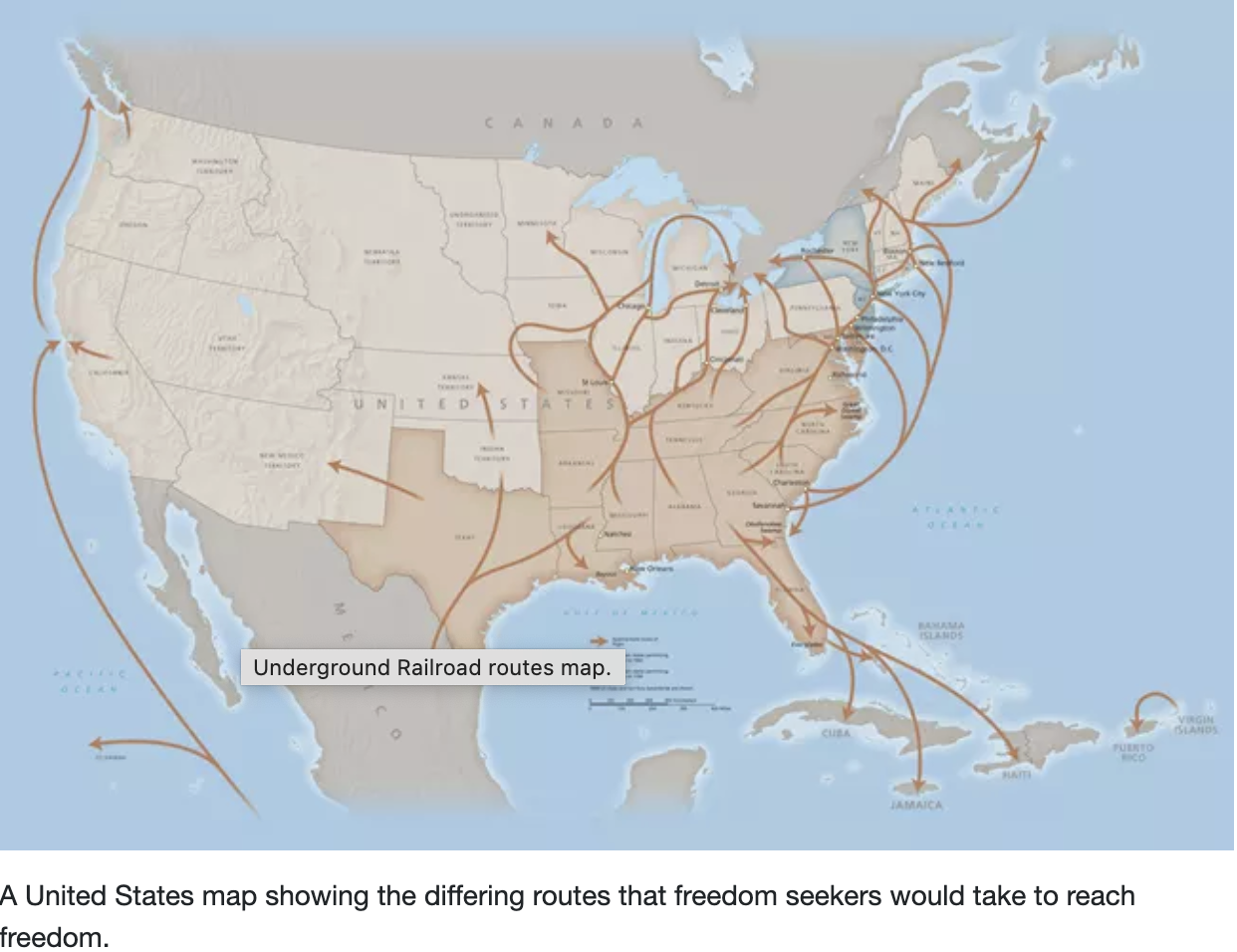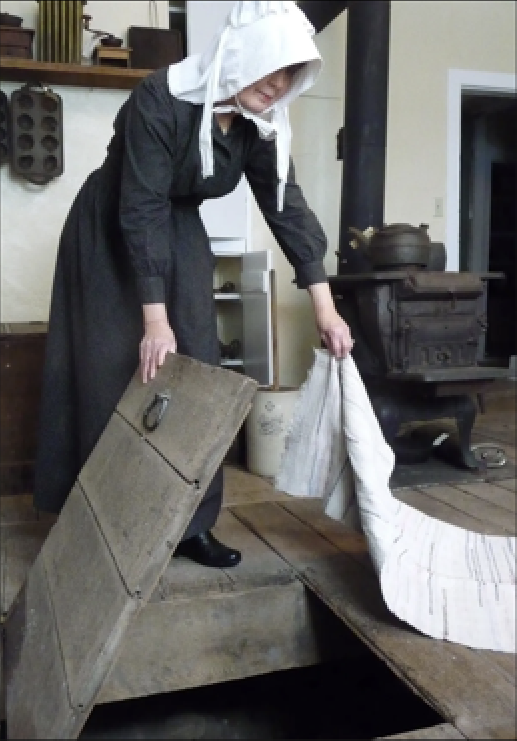Encyclopedia Dubuque
"Encyclopedia Dubuque is the online authority for all things Dubuque, written by the people who know the city best.”
Marshall Cohen—researcher and producer, CNN
Affiliated with the Local History Network of the State Historical Society of Iowa, and the Iowa Museum Association.
UNDERGROUND RAILROAD
UNDERGROUND RAILROAD. The National Park Service has summarized the existence of the Underground Railroad as the following:
The Underground Railroad—the resistance to enslavement through escape and flight, through the end of the Civil War
refers to the efforts of enslaved African Americans to gain their freedom by escaping bondage. Wherever slavery
existed, there were efforts to escape. At first to maroon communities in remote or rugged terrain on the edge of
settled areas and eventually across state and international borders. These acts of self-emancipation labeled slaves
as "fugitives," "escapees," or "runaways," but in retrospect "freedom seeker" is a more accurate description. Many
freedom seekers began their journey unaided and many completed their self-emancipation without assistance, but each
subsequent decade in which slavery was legal in the United States, there was an increase in active efforts to assist
escape.
The decision to assist a freedom seeker may have been spontaneous. However, in some places, especially after the
Fugitive Slave Act of 1850, the Underground Railroad was deliberate and organized. Despite the illegality of their
actions, people of all races, class and genders participated in this widespread form of civil disobedience. Freedom
seekers went in many directions – Canada, Mexico, Spanish Florida, Indian territory, the West, Caribbean islands and
Europe. (1)
This map shows that participation of people as "conductors" and the establishment of "stations" at which escaping slaves were hidden until they could be moved further north was a southern Iowa activity. The community of Salem, Iowa in the 1840s was the home of Henderson Lewelling who promoted abolition so strongly that he was ousted from meetings of other Quakers. His home was constructed to hide slaves with a trapdoor cut in the kitchen floor leading to a hollowed out area in which slaves could be hidden. Tour guides of the home in the 1980s suggested the theory that the trapdoor and crawl space may have even been part of a tunnel connecting Henderson's house with the home of his brother across the street. Lewelling left Salem for the Pacific Northwest long before the Civil War.
Questions remain of the involvement of Captain Charles Merry in East Dubuque, Illinois. Merry constructed a large home near the bayous of the Mississippi River. Boats with cargo could be paddled up to the house and their cargo unloaded unseen. A small entrance located at the side of house and near water level led to the basement. It has been said that shackles were found pinned to the walls years after the Merry family left the area. Some references to Merry contain a reference to "underground railroad" with a (?). The home also had tunnels leading from the rear of the house up the hill. Was Lewelling posing as a "conductor" only to capture escaped slaves and then resell them to slave hunters? Proof either way has not been found.
A The political climate in Iowa certainly did not lend itself to suggesting that Dubuque even had a small role to play in the underground. There were residents of the community who advocated for abolition, but nothing has been found to suggest that anyone went further to help runaways. In an issue of the Telegraph Herald, a portion of a 1911 family history of Samuel B. Hampton came about as close as any evidence has come to suggesting Dubuque's role. The history relates that Hampton hid runaway slaves among furniture loaded in a wagon. From Viola, Iowa he traveled through Dubuque going north to Canada. (2)
For further reference to the Iowa political climate, refer to the entry AFRICAN AMERICANS.
---
Sources:
1. "Underground Railroad," National Park Service, Online: https://www.nps.gov/subjects/undergroundrailroad/what-is-the-underground-railroad.htm
2. Hogstrom, Erik, "In Search of Freedom," Telegraph Herald, January 26, 2025, p. 1



